Return to Photo Index Return to Clickable Map Return to Home Page
Travel Pictures - UGANDA - 1999
Before I traveled to Africa, the mere mention of Uganda evoked thoughts of
the brutal dictator Idi Amin and a civil war in which Ugandans were
savagely burned alive on piles of car tires (not to mention the country's
international airport at Entebbe, which of course calls to mind "Raid
on Entebbe"). However, nearly every traveler I met who visited the country raved
about the friendly people in Uganda and its relative safety compared to other African countries. Many went so far as to suggest I forgo
visiting the rest of East Africa and head straight to Uganda!
Uganda has many wildlife parks that
are home to an abundance of Africa's famous wildlife. In addition, Uganda was
the only location (at the time) where the tourist could "safely" trek to see
the mountain gorilla. However, in spite of the relative safety and
peaceful disposition of the Ugandan people, my trek to see the mountain
gorillas would be the closest I would come to getting killed during my
many years of travel.
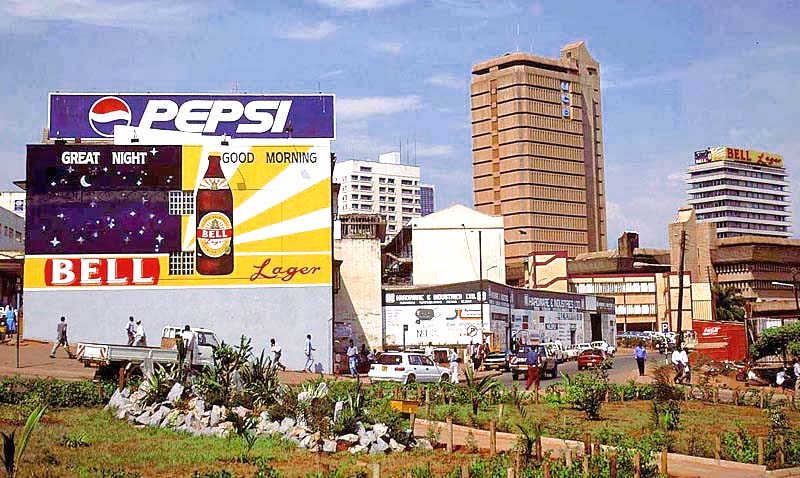
It seems that some aspects of culture are almost universal -
Kampala, Uganda
© BrianKMiller.com
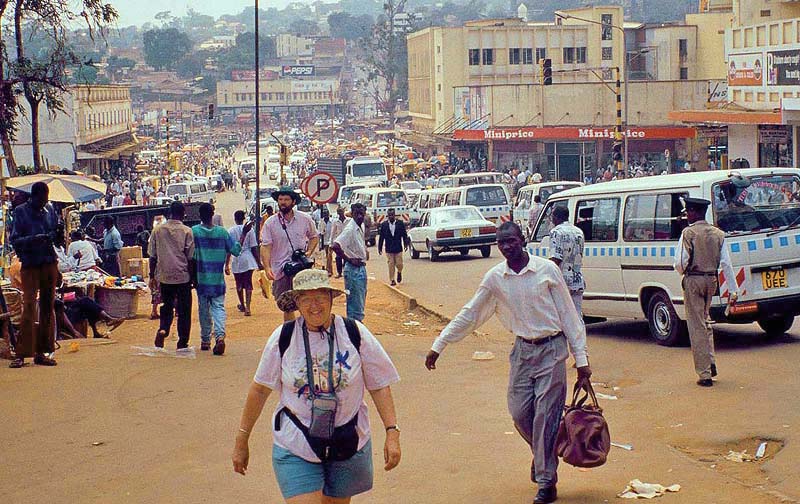
was even felt on the crowded and chaotic streets of the capital city. I think the people had grown tired of civil war
and eventually arrived at peace through exhaustion. As the Israeli statesman Abba Eban said,
"men and nations behave wisely once they have exhausted all the other alternatives." -
Kampala, Uganda
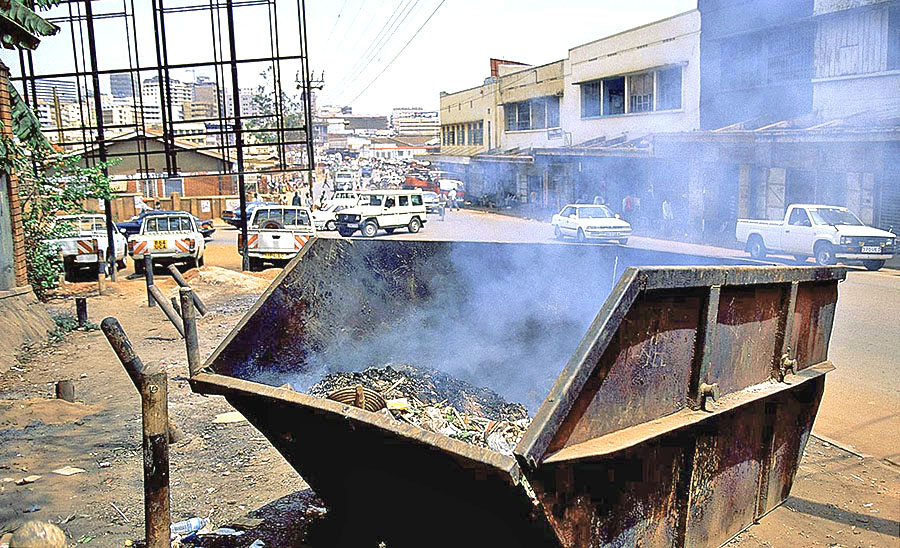
This photo of a smoking dumpster with Kampala's skyline in the background seems analogous to the
majority of Africa's societies that seem to loiter desperately somewhere between civilization and chaos -
Kampala, Uganda
© BrianKMiller.com
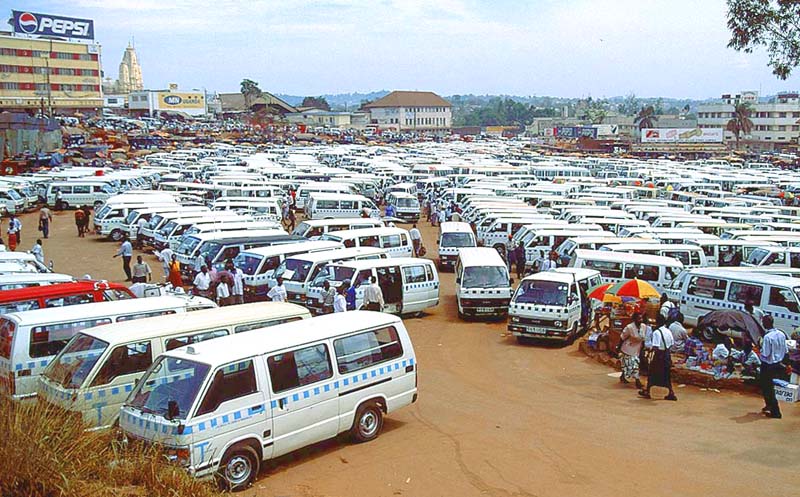
boards it was easy to find the bus to our destination. We simply asked one of the waiting bus drivers and he pointed us
in the right direction. We then walked through the maze of buses and found the next bus heading to our destination,
which departed the moment it filled (but not a moment sooner) -
Kampala, Uganda
© BrianKMiller.com
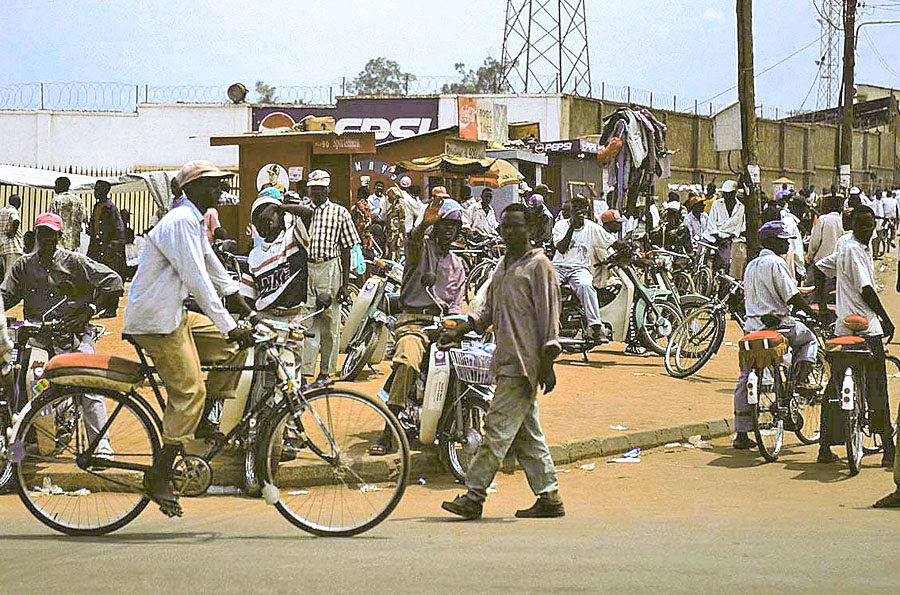
Kampala, Uganda
© BrianKMiller.com

Entebbe, Uganda
© BrianKMiller.com
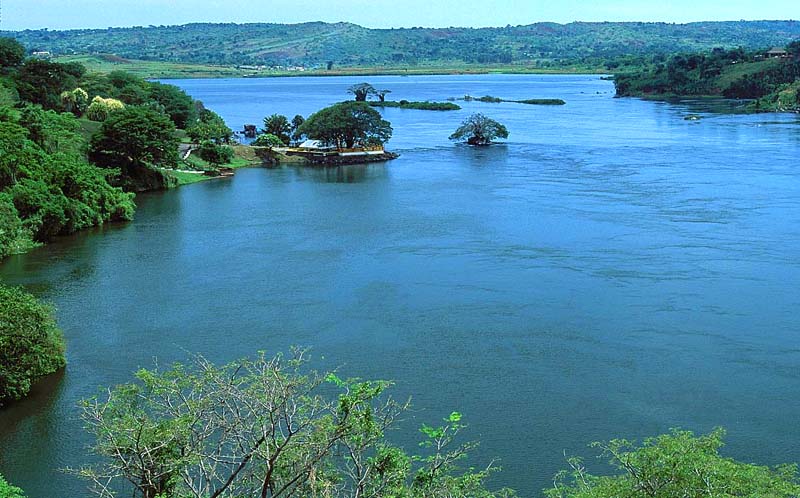
Although Lake Victoria's outlet is often considered to be the Nile's source, the lake does have feeder streams as far away
as Rwanda. Therefore, the Nyungwe Forest in Rwanda is the ultimate source of the Nile. The water exiting this lake
must travel about 4,000 miles to reach its outlet at the Mediterranean Sea -
near Jinja, Uganda
© BrianKMiller.com

Jinja, Uganda
© BrianKMiller.com
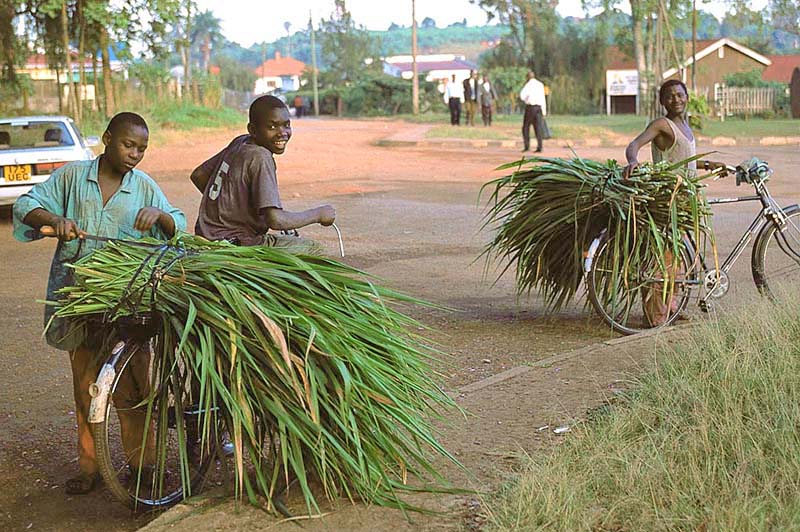
Jinja, Uganda
© BrianKMiller.com
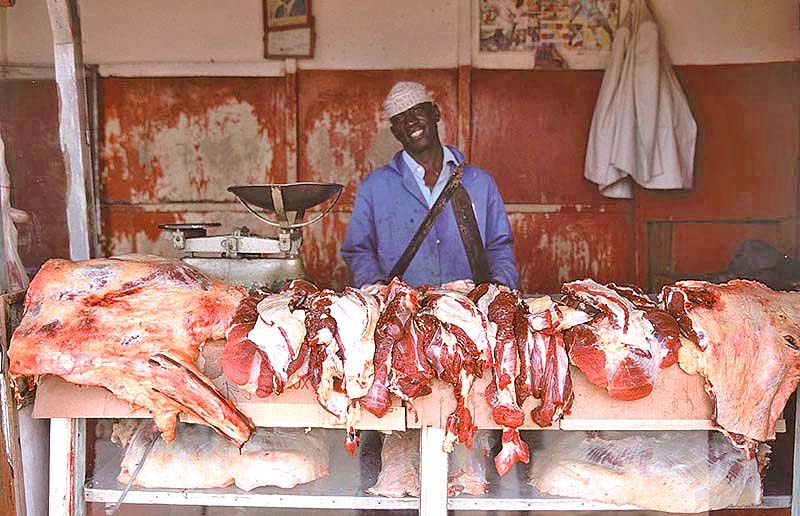
Jinja, Uganda
© BrianKMiller.com
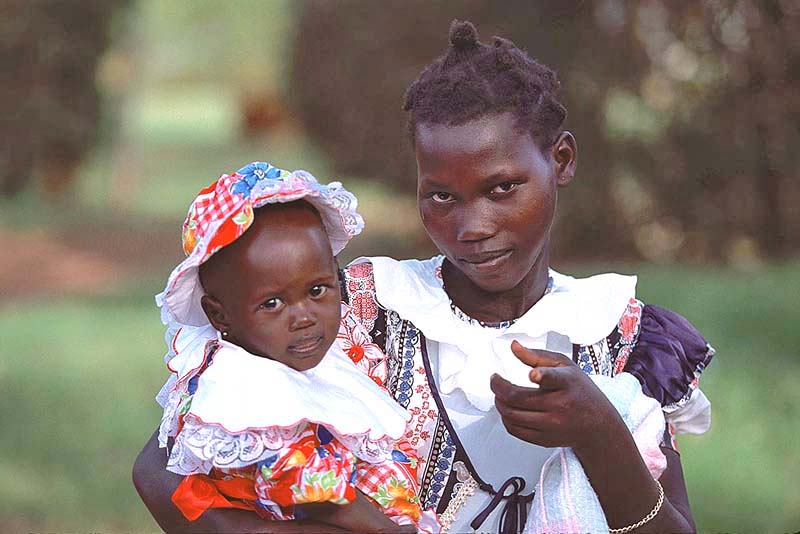
Jinja, Uganda
© BrianKMiller.com

to tote their goods at the outdoor market -
Jinja, Uganda
© BrianKMiller.com
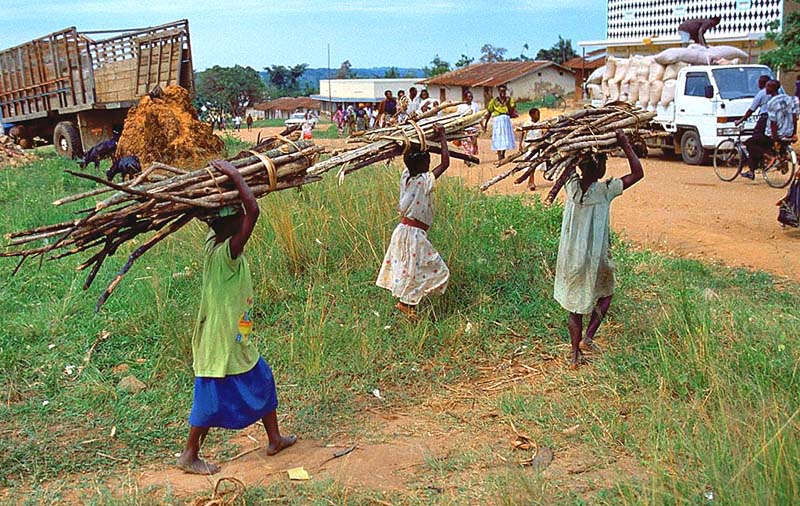
near Kampala, Uganda
© BrianKMiller.com

Jinja, Uganda
© BrianKMiller.com
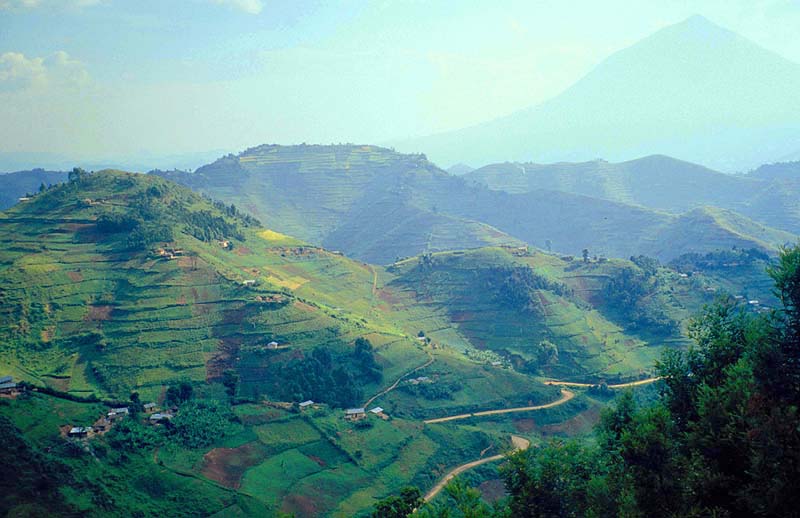
seasonal burning. One of the towering volcanoes of the Virunga Mountains (13,540 foot Muhabura) can be seen through
the haze at right. The Virunga Mountains were made famous by the American zoologist Dian Fossey
through her heroic efforts to save the mountain gorillas -
near Kisoro, Uganda
© BrianKMiller.com
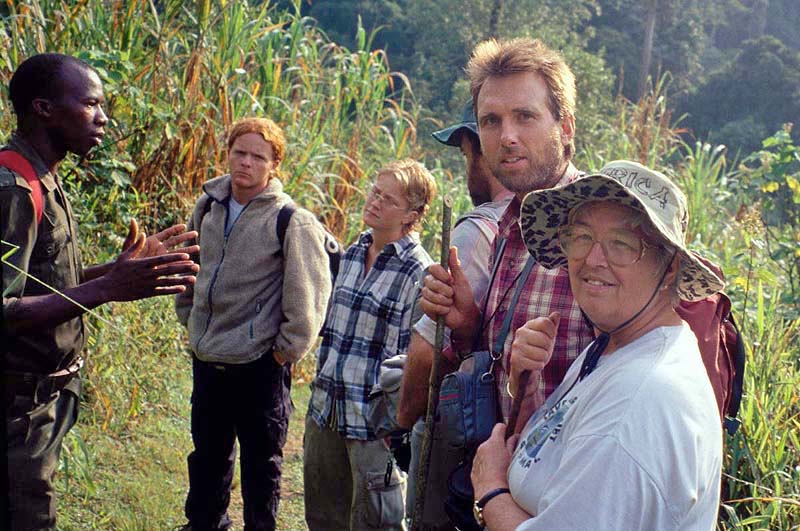
the do's and don'ts once we meet up with the mountain gorillas -
Bwindi N.P., Uganda
© BrianKMiller.com
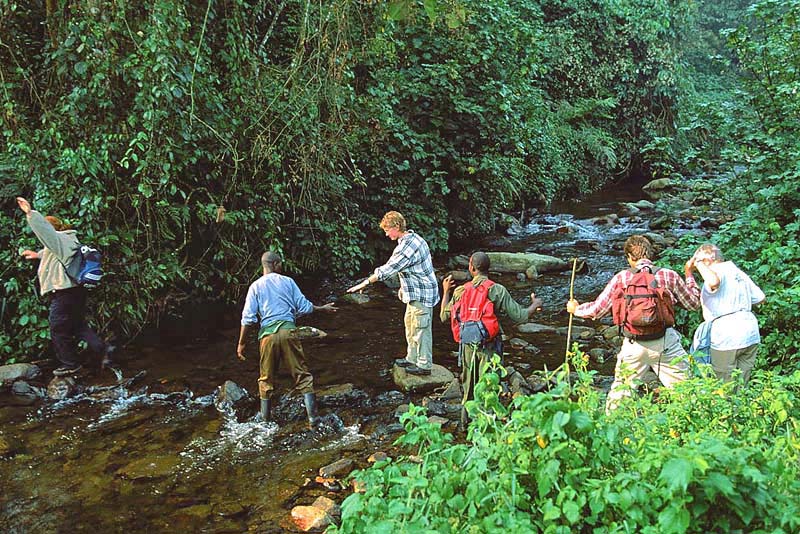
as they forage in the forest, and the troop could be a short ten-minute stroll outside camp or, as in our case,
seven hours away requiring bushwhacking through dense jungle and steep terrain -
Bwindi N.P., Uganda
© BrianKMiller.com

Bwindi N.P., Uganda
were last observed and then followed the trackers who skillfully discerned the path of broken limbs
and foraged vegetation to meet up with the troop -
Bwindi N.P., Uganda
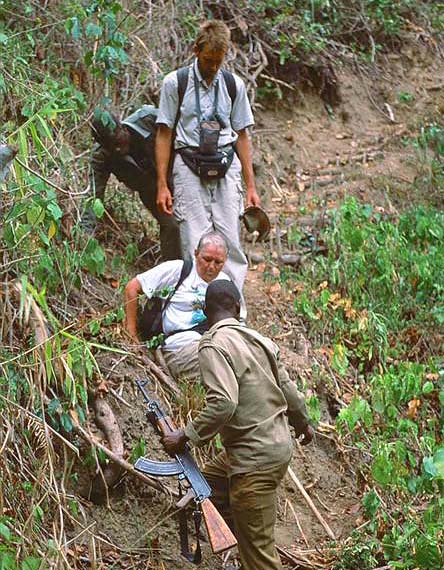
caused her glasses to fog up. Therefore, while attempting to negotiate the
rough terrain, she could not see with or without her glasses! -
southwest Uganda
© BrianKMiller.com
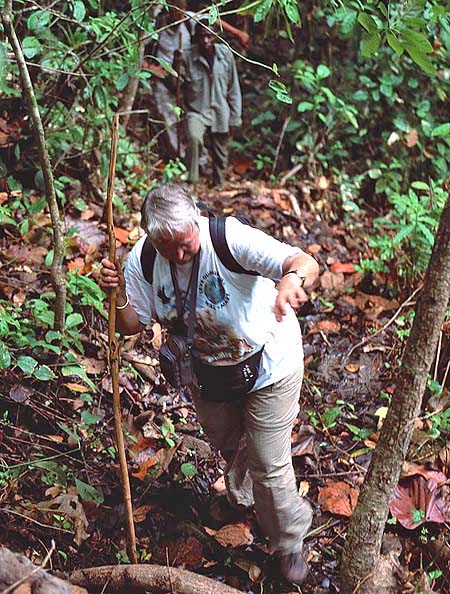
southwest Uganda
© BrianKMiller.com
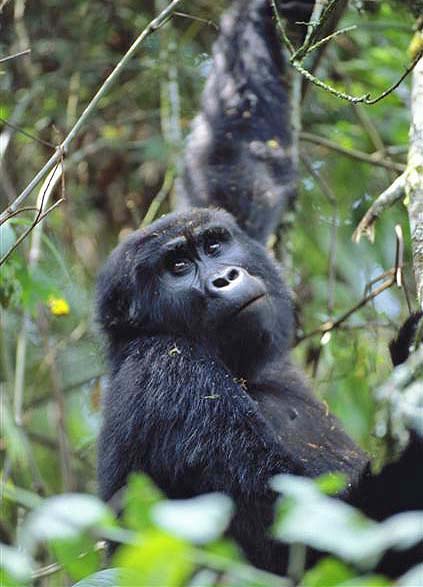
are larger than the more numerous lowland gorillas, and they exist only within three
isolated locations in the neighboring countries of Rwanda, Congo, and Uganda -
Bwindi N.P., Uganda
© BrianKMiller.com
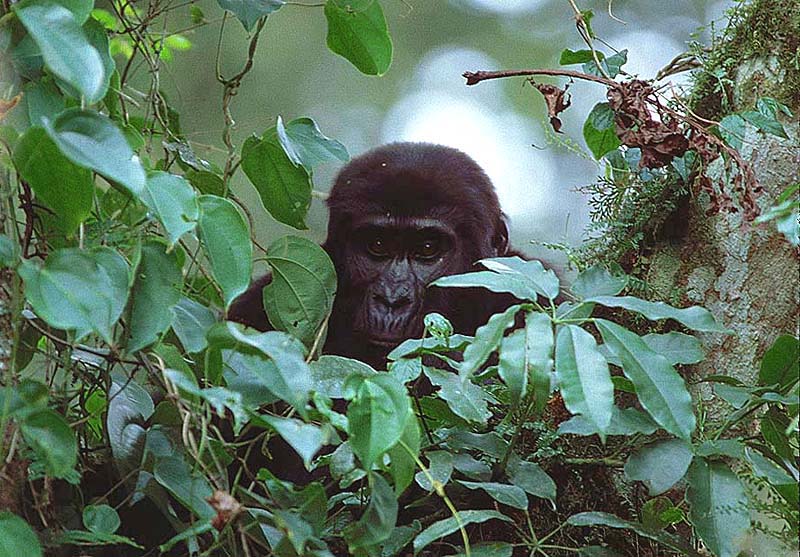
peaceful encounter between a human being and a wild gorilla. Dian Fossey's extraordinary work was essential in dispelling
the Hollywood, "King Kong" myth that the gorilla was nothing more than a savage and aggressive beast. The insight
into the true nature of the gorilla has led to empathy and public support for their preservation -
Bwindi N.P., Uganda
© BrianKMiller.com
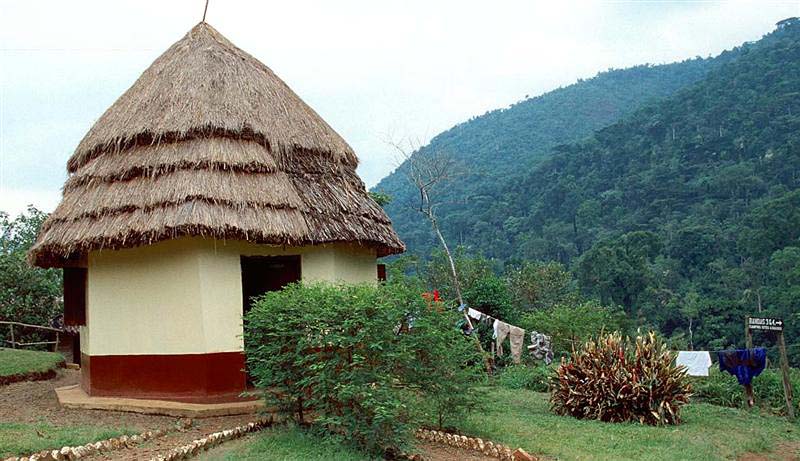
were drying on the line, the rebels were preparing to invade the camp and kidnap all of the tourists -
Bwindi N.P., Uganda
© BrianKMiller.com
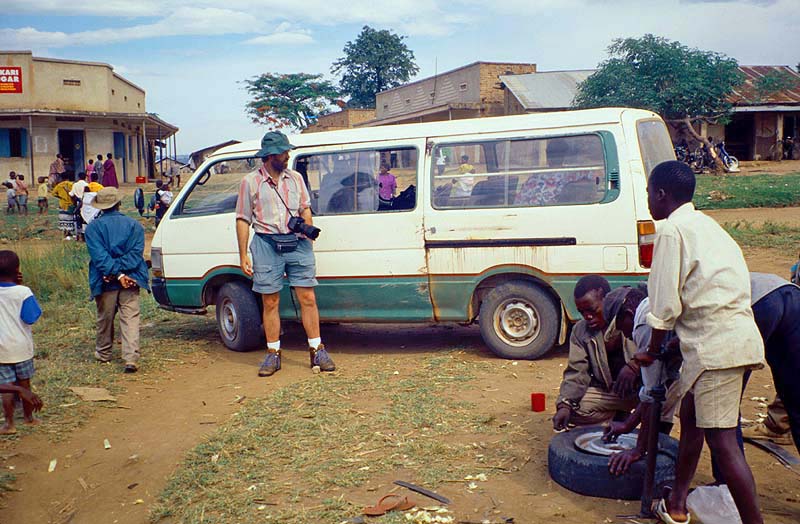
Butogota, Uganda

Bwindi Impenetrable Forest were beginning their death march -
Queen Elizabeth N.P., Uganda
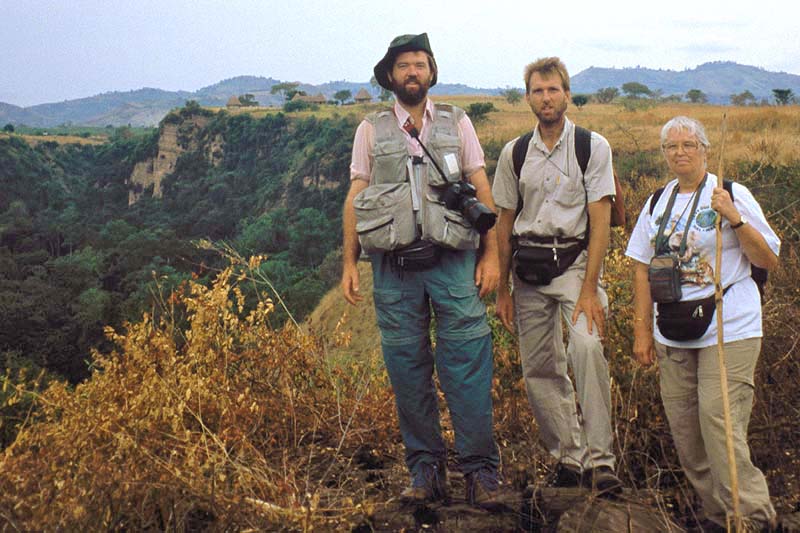
Queen Elizabeth N.P., Uganda
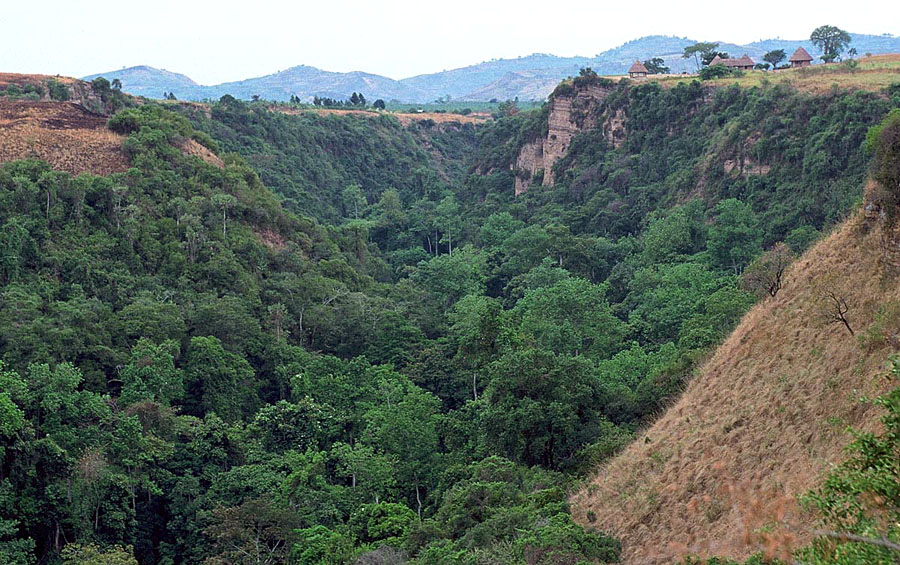
nothing more than the ideal setting for an ambush. In addition to the habituated chimpanzees, the gorge is home to many species of monkeys -
Queen Elizabeth N.P., Uganda
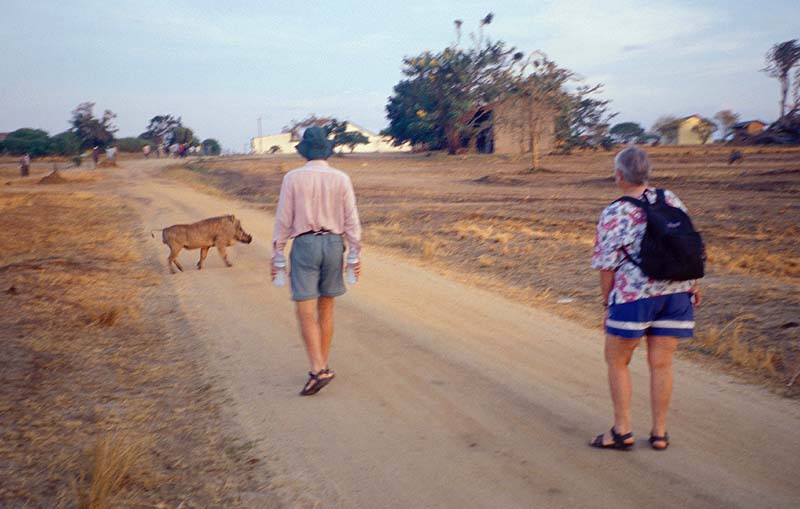
upon a hippopotamus at the front door of the restaurant! On another day, we saw hyenas prowling the grounds at dusk.
Even more troubling was the knowledge that leopards were said to move through the village at night! -
Queen Elizabeth N.P., Uganda
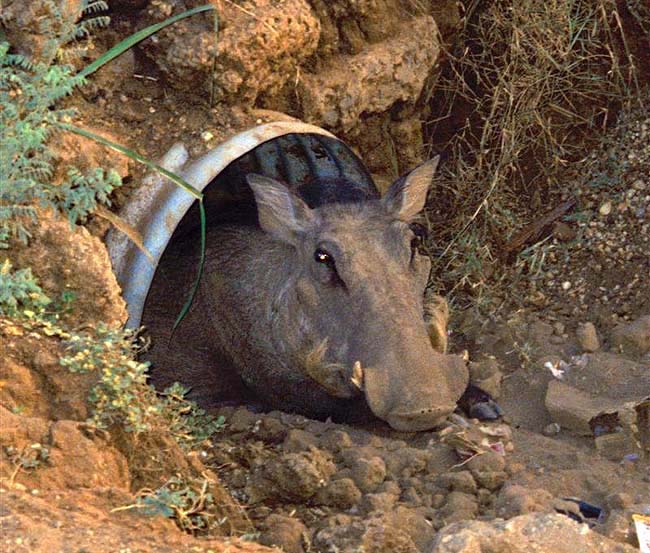
Queen Elizabeth N.P., Uganda
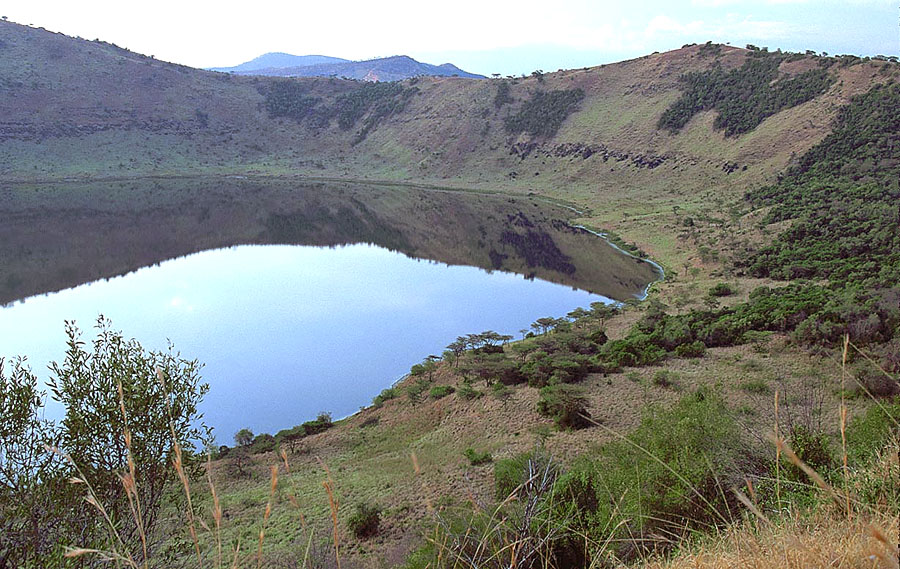
Although the animals cannot drink the lake water, many will travel here specifically for a "soda bath" and to roll in the mud -
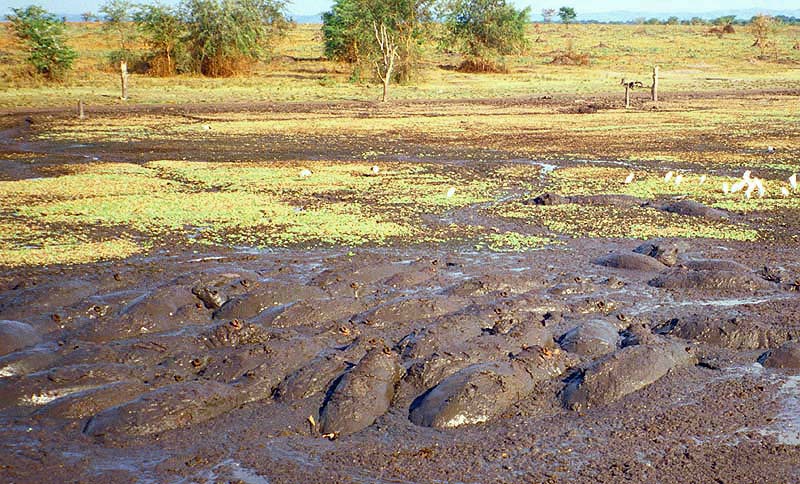
Queen Elizabeth N.P., Uganda
© BrianKMiller.com
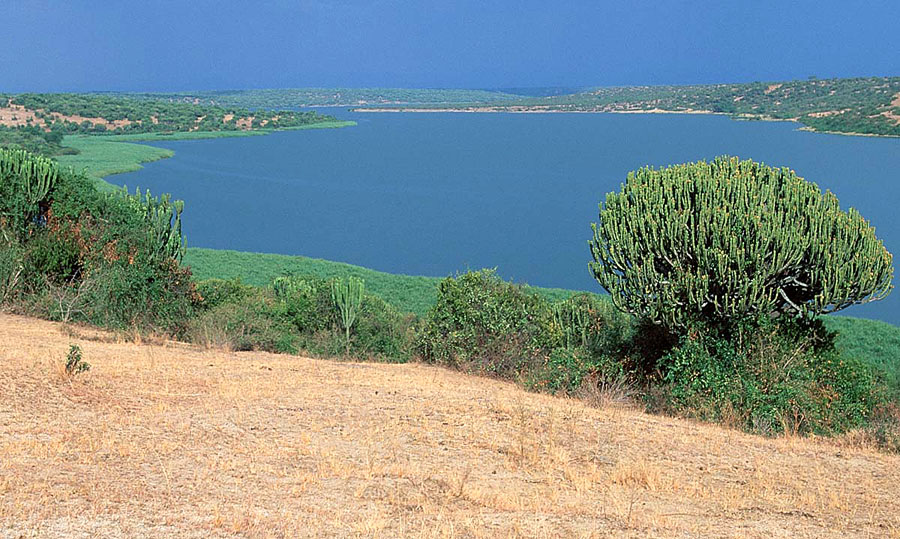
Queen Elizabeth N.P., Uganda
© BrianKMiller.com

Since the animals must frequent the river to drink, a boat safari is a guaranteed method to view a high concentration of wildlife.
In fact, it almost seemed like cheating, because the density of animals was akin to a safari park -
Queen Elizabeth N.P., Uganda
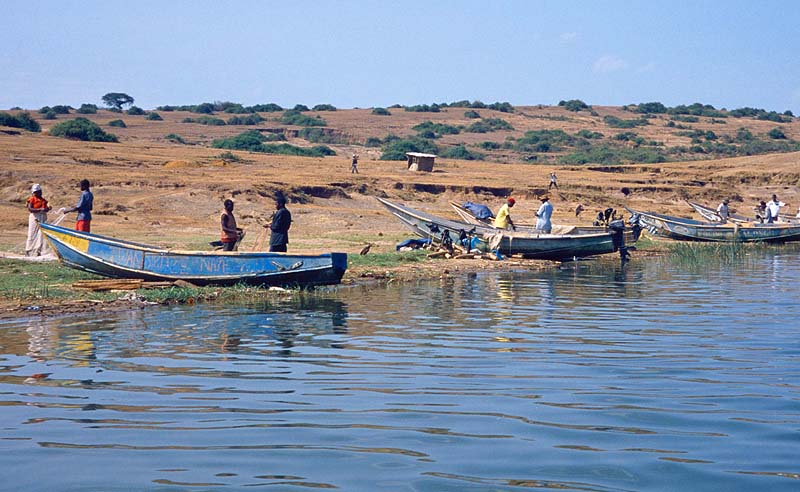
Queen Elizabeth N.P., Uganda
© BrianKMiller.com
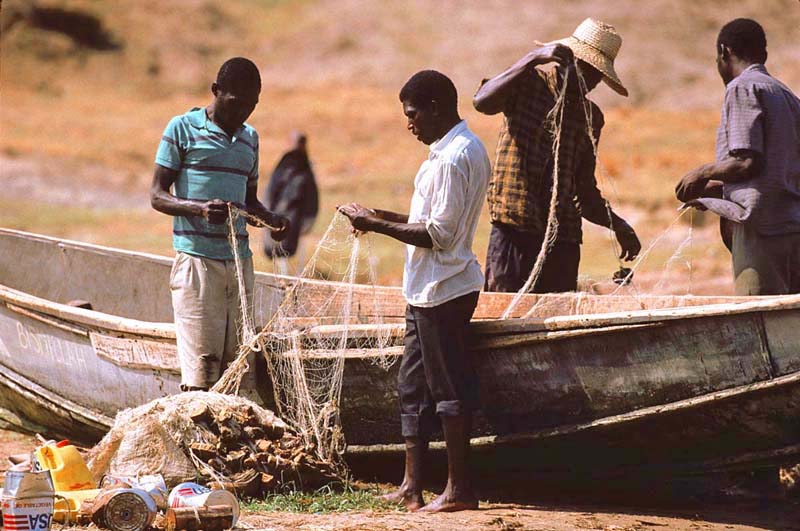
Queen Elizabeth N.P., Uganda
© BrianKMiller.com

Kazinga Channel; Queen Elizabeth N.P., Uganda
© BrianKMiller.com
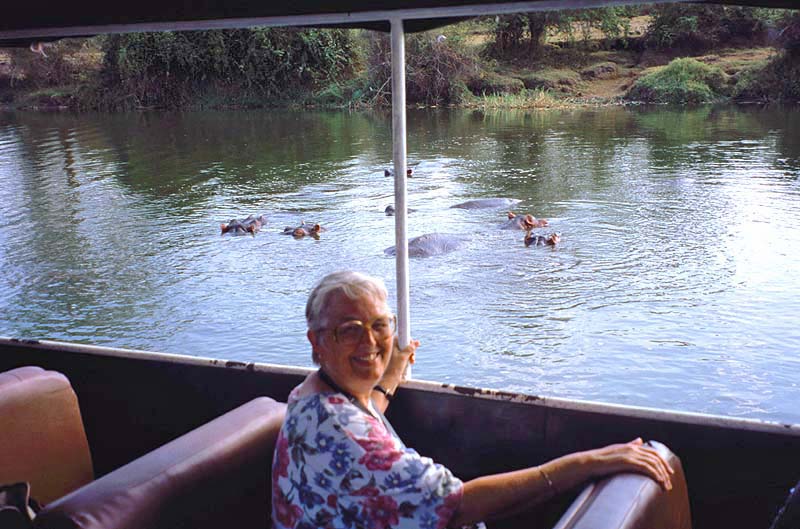
Kazinga Channel; Queen Elizabeth N.P., Uganda
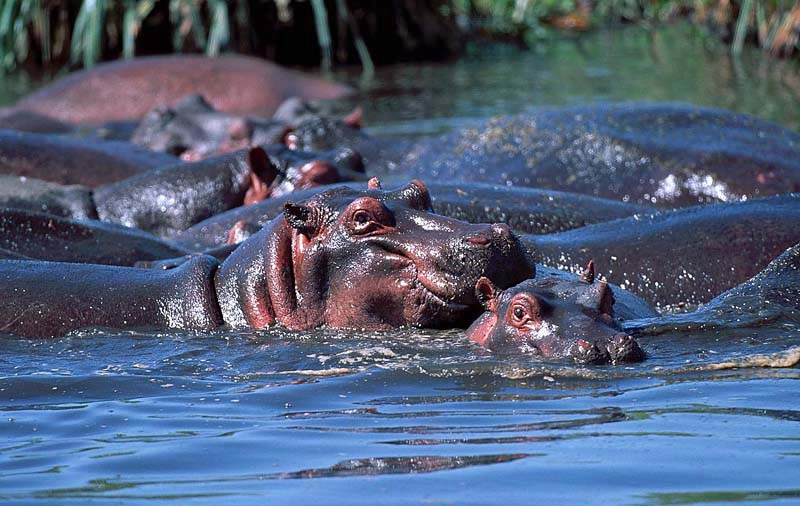
The channels shoreline teemed with wildlife including countless birds, monitor lizards, hippo, buffalo,
bushpig, wart hog, and even the elusive leopard -
Kazinga Channel; Queen Elizabeth N.P., Uganda
© BrianKMiller.com

Kazinga Channel; Queen Elizabeth N.P., Uganda
© BrianKMiller.com
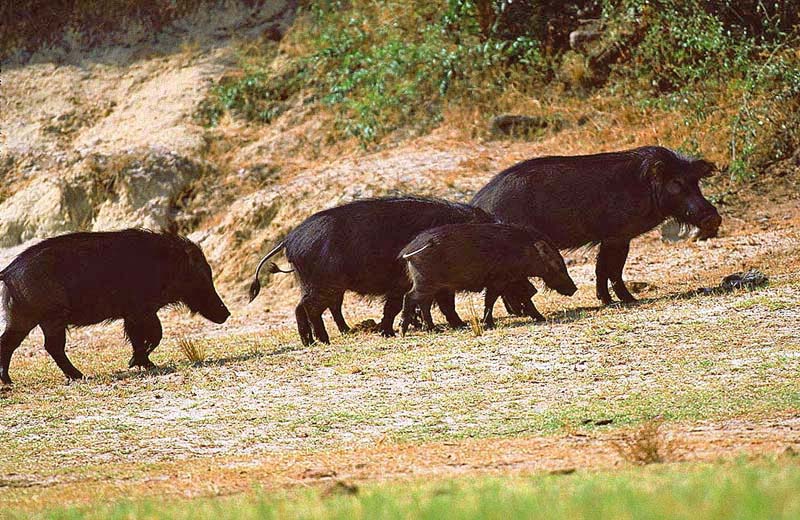
have a very dark coat which provides better camouflage in their natural habitat - forests and riverine environments -
Kazinga Channel; Queen Elizabeth N.P., Uganda
© BrianKMiller.com
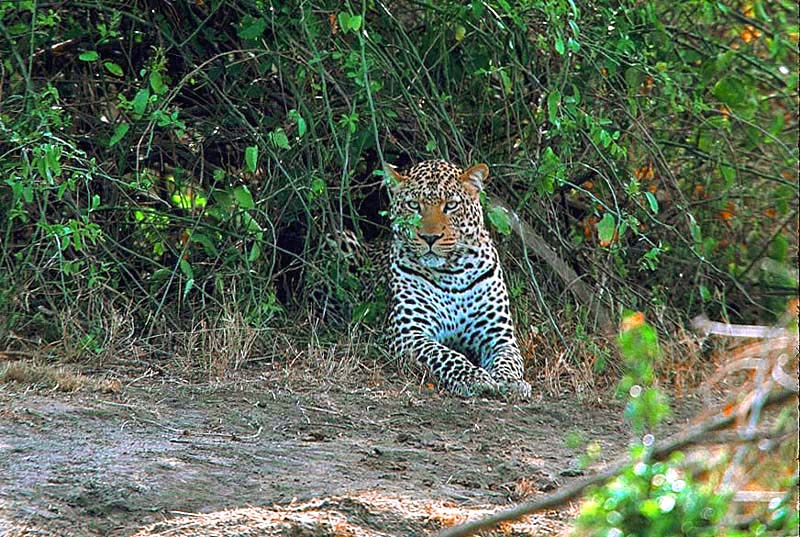
by big game hunters and refers to the five most difficult animals to hunt on foot - and not the animals' size. The Big Five game
animals include the lion, the African elephant, the black rhinoceros, the Cape Buffalo, and the leopard. This leopard
was seen in the early morning hours lurking near the river to ambush any unwary prey -
Kazinga Channel; Queen Elizabeth N.P., Uganda
© BrianKMiller.com
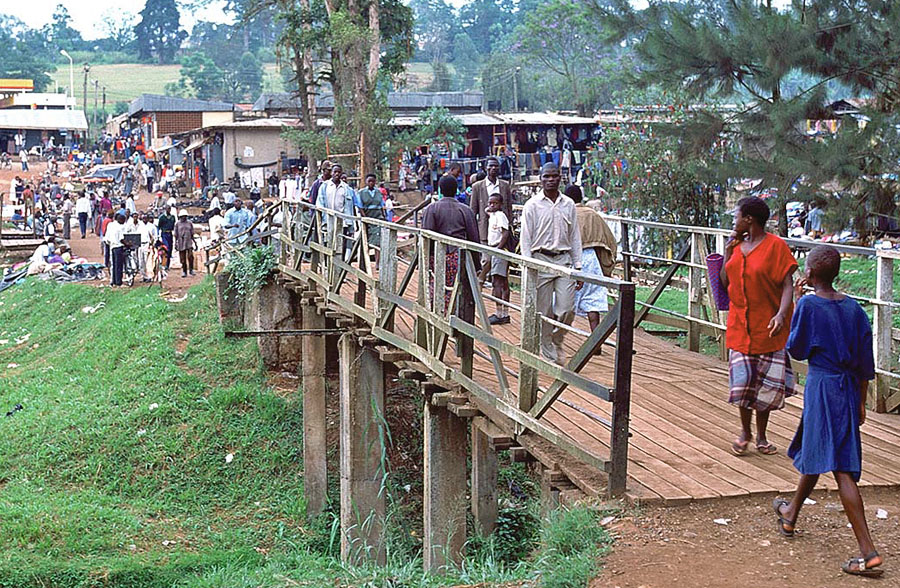
can make the visitor feel uncomfortable, the friendly people seem to eliminate all concerns -
near Fort Portal, Uganda
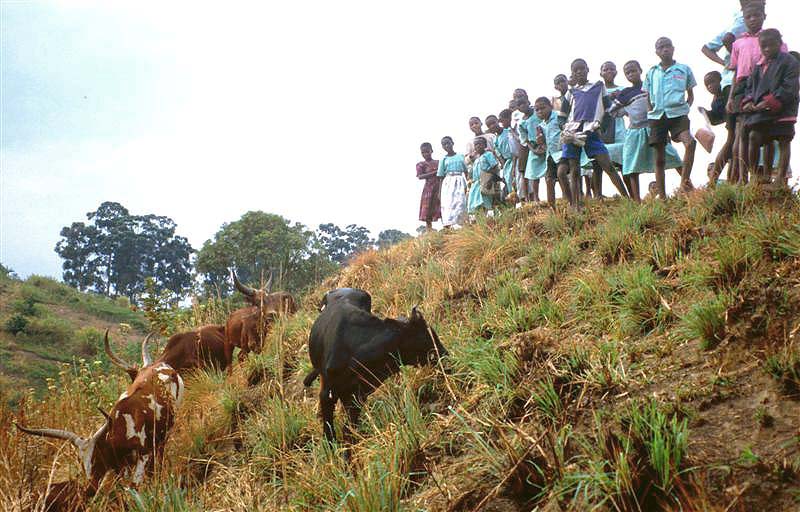
of these school children. The children in this remote location were fascinated with the foreigners and
continually called out the word Mazungu, which our guide translated as "white man" -
near Fort Portal, Uganda
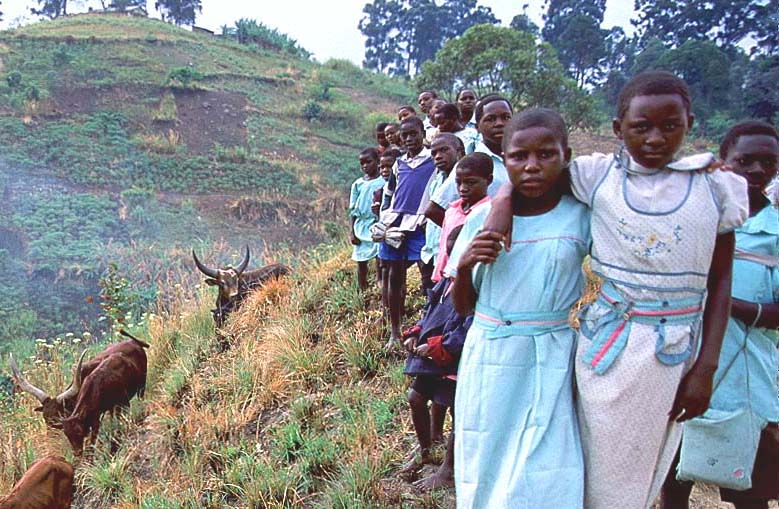
near Fort Portal, Uganda
© BrianKMiller.com
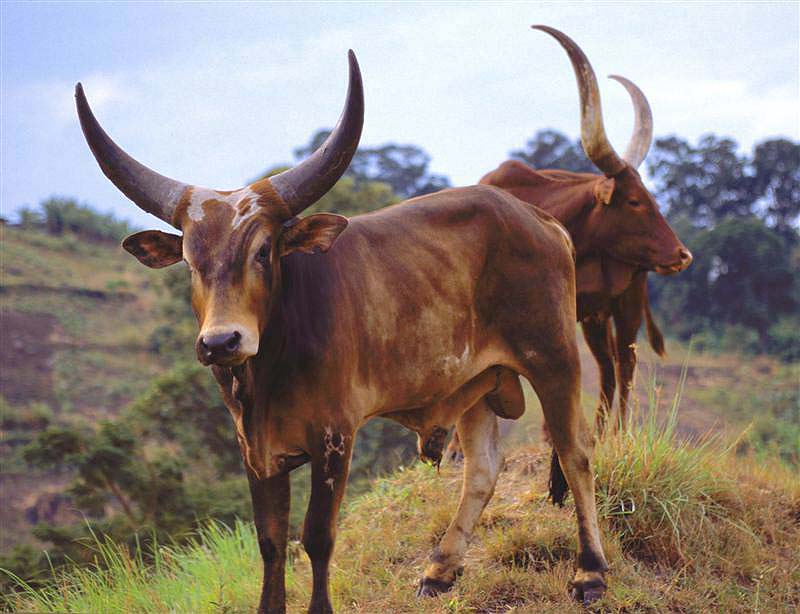
ancient Egypt where its image was etched into the pyramids. These regal animals, often referred to as the "cattle of the kings,"
sport long, thick horns that are utilized for defense. The horns have a second benefit - temperature regulation - as the
massive horns act like radiators by allowing the blood flowing through them to cool and disperse body heat -
near Fort Portal
© BrianKMiller.com
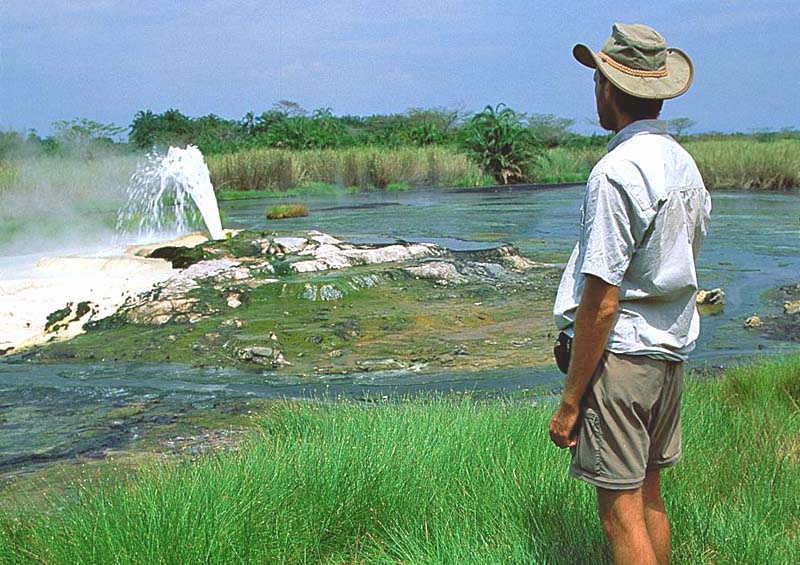
Semliki N.P., Uganda
© BrianKMiller.com

Semliki N.P., Uganda
© BrianKMiller.com
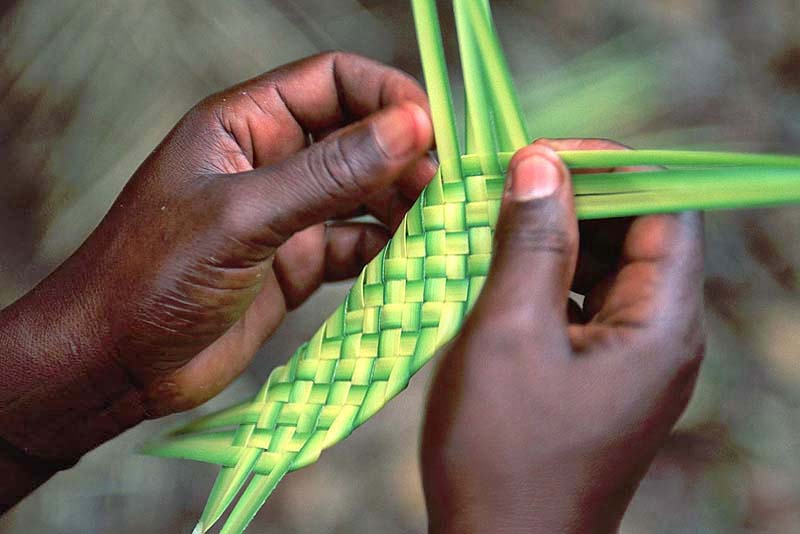
Semliki N.P., Uganda
© BrianKMiller.com
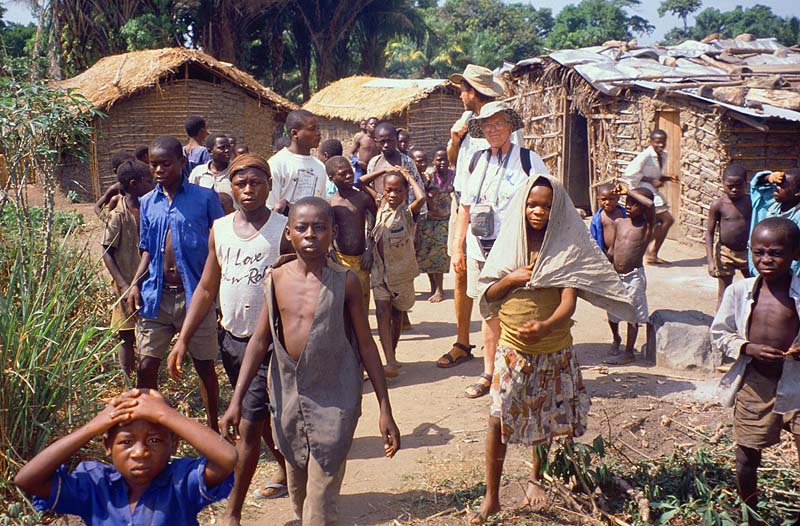
upon our arrival, soon realized that we had entered a refugee camp! -
Ntandi, Uganda
© BrianKMiller.com
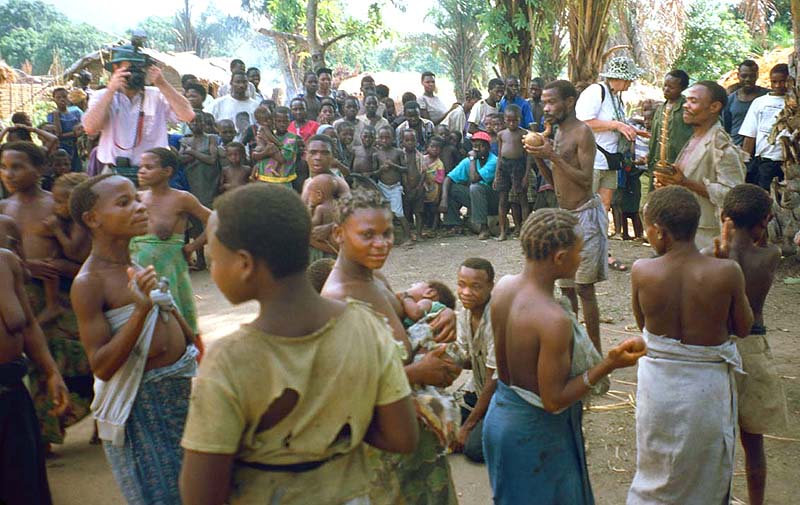
African refugees also trying to survive in this unstable part of the world -
Ntandi, Uganda
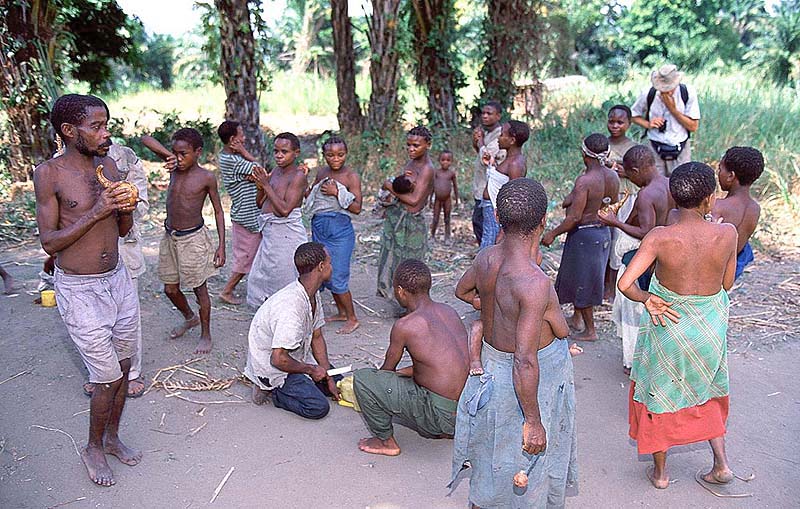
Ntandi, Uganda
© BrianKMiller.com
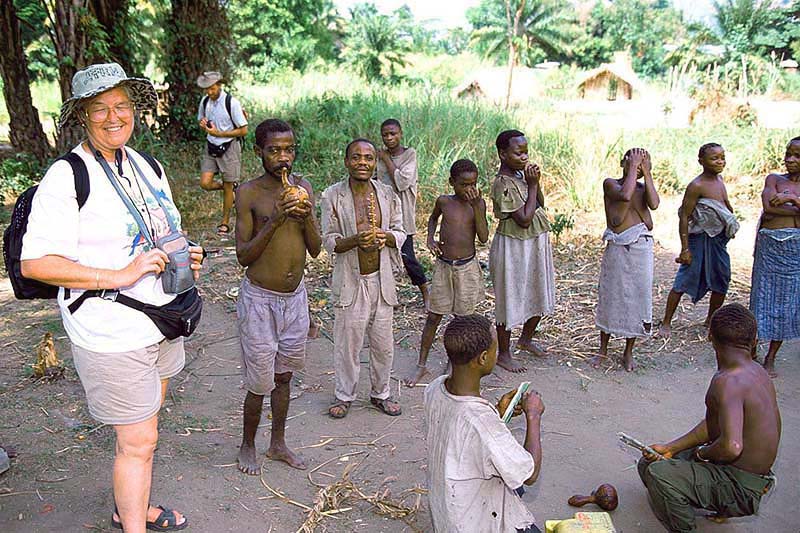
Pygmies are native to not only Africa but southeast Asia and South America as well. Although it was commonly believed that Pygmies
were direct descendants of the Late Stone Age hunter-gatherer peoples, evidence from archaeology, linguistics,
and genetics indicates that their small stature may be an adaptation to the forest environment -
Ntandi, Uganda
© BrianKMiller.com
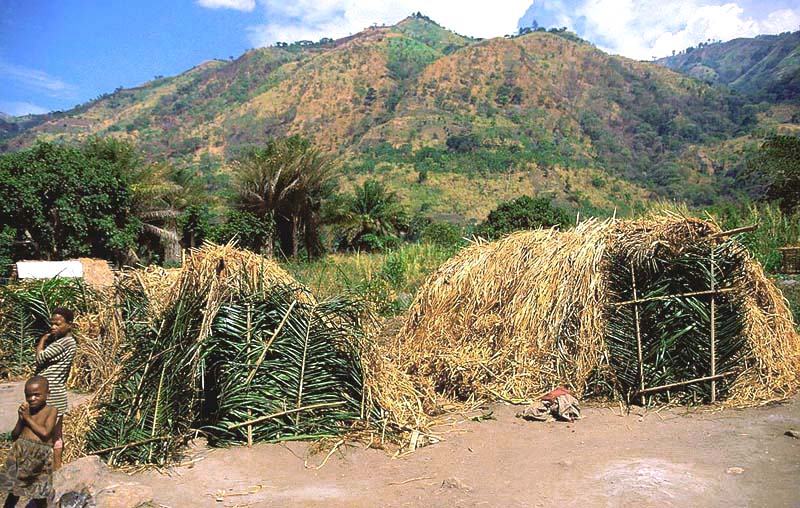
Ntandi, Uganda
© BrianKMiller.com
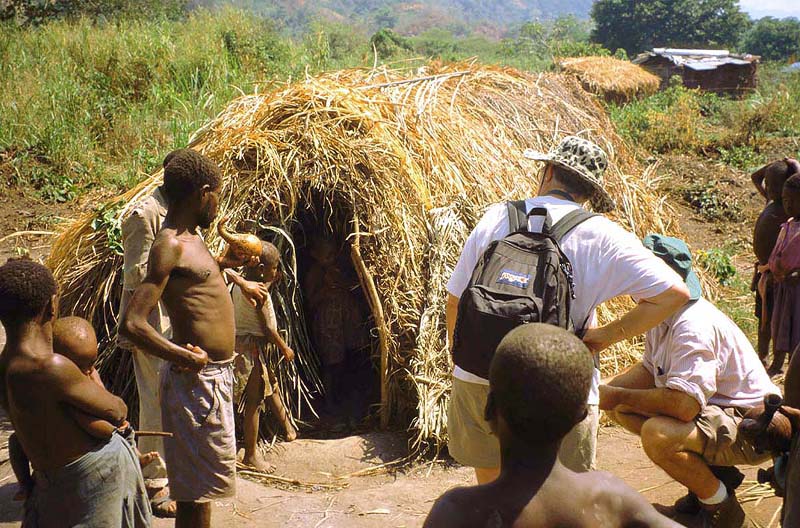
Ntandi, Uganda
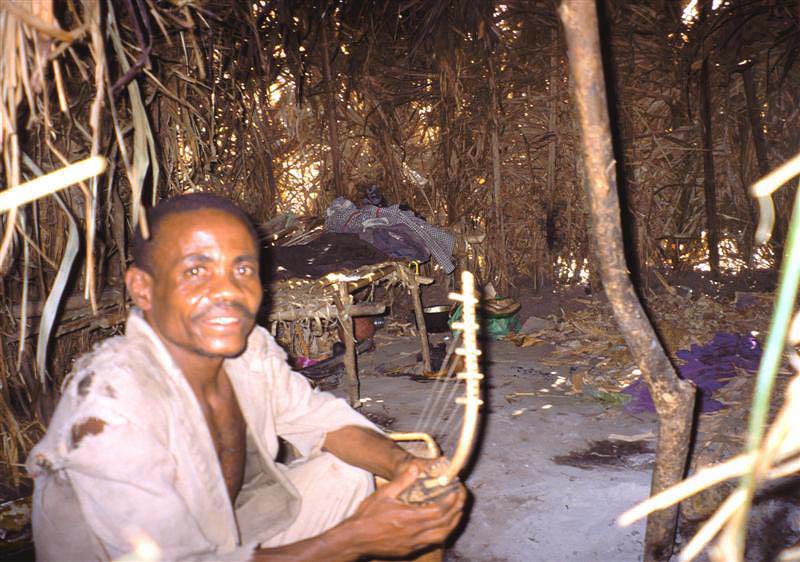
Ntandi, Uganda
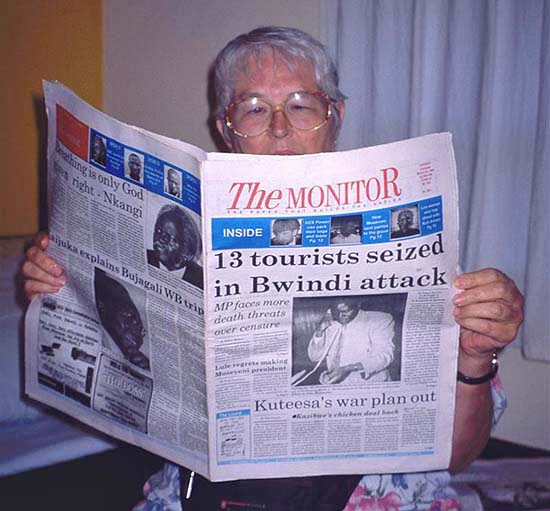
Eight of the tourists and several of the park employees that we met during our visit to
Bwindi Impenetrable forest were murdered in the most savage way -
Fort Portal, Uganda
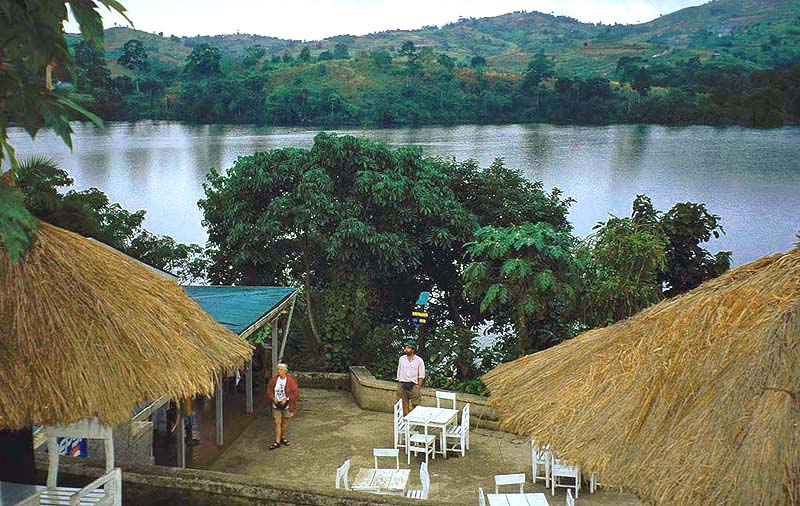
African couple, and their entrepreneurship was recognized with an award from the President of Uganda. However, we were not able to
enjoy the tropical setting due to the horrible tragedy at Bwindi - the senseless murder of eight tourists and at least one park official -
Fort Portal, Uganda
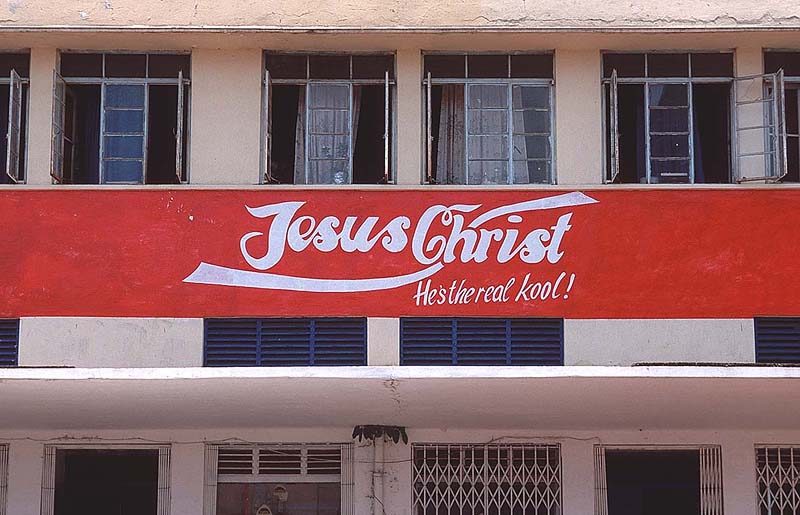
Jinja, Uganda
© BrianKMiller.com
Return to Photo Index Return to Clickable Map Return to Home Page
For authorized use of these photos, please contact Ron Miller at TheHappyCannibal@gmail.com